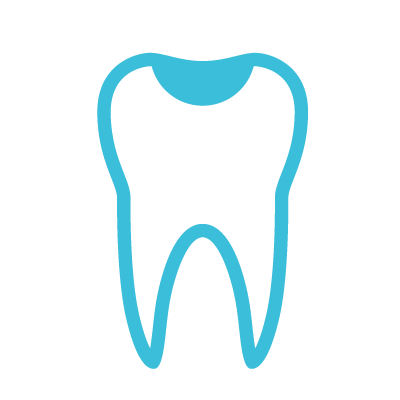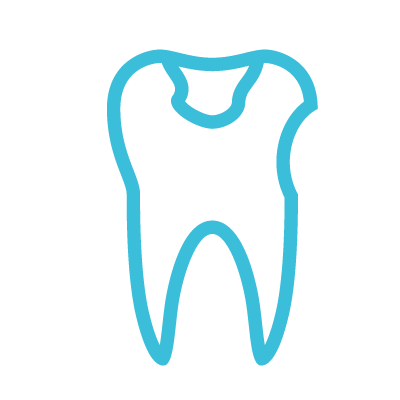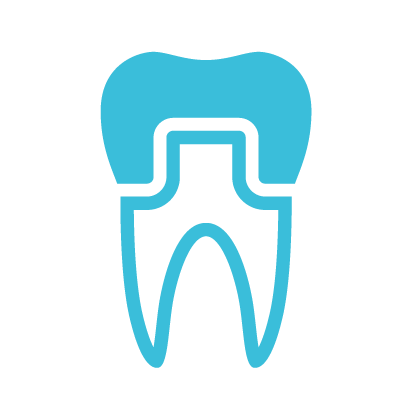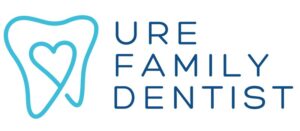
Dental Exams & Teeth Cleaning
Teeth cleaning (dental prophylaxis) is looking after the teeth to prevent dental disease and health issues, which can help prevent oral health issues, such as gum disease, tooth decay, and tooth loss.

Restorative Dentistry (Fillings)
Tooth fillings are used to improve the appearance and functionality of teeth affected by damage or decay. They can last for many years and help keep the tooth looking and functioning at its best.

Endodontics (Root Canal)
Endodontic procedures can be needed when the pulp of the tooth becomes infected or inflamed, usually as a result of decay, repeated dental procedures or a crack or chip in the tooth.

Dental Crown
A dental crown is a restoration that covers or caps a tooth, restoring it to its normal size and shape while strengthening and improving its appearance. Crowns are necessary when the tooth is broken down to the point where a filling will not be effective.

Dental Bridge
A dental bridge is a natural-looking tooth replacement that fills in the gaps caused by missing teeth. Unlike a denture, bridges are permanently cemented in place, where they look and function just like a natural tooth.

Emergency Dental Care
For a medical emergency, you should call 911, but for active patients, our emergency line is a great resource for non-life-threatening dental issues.
